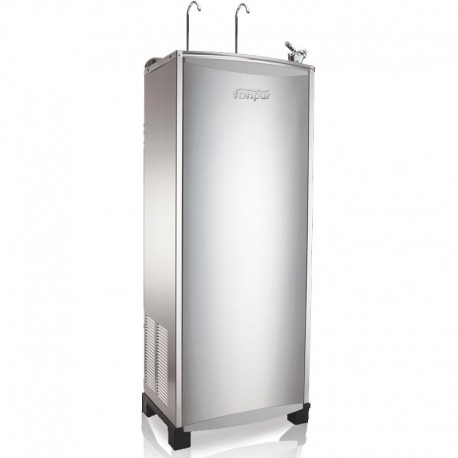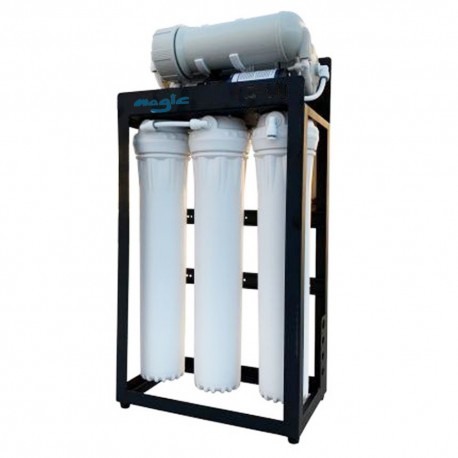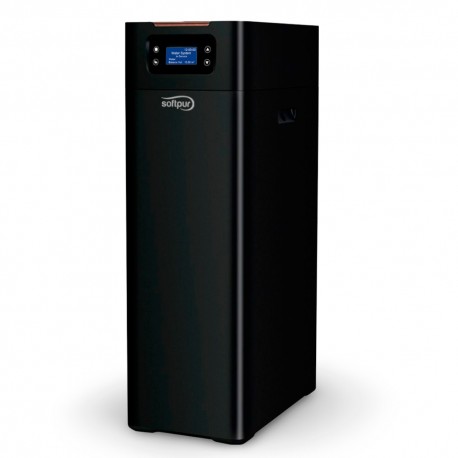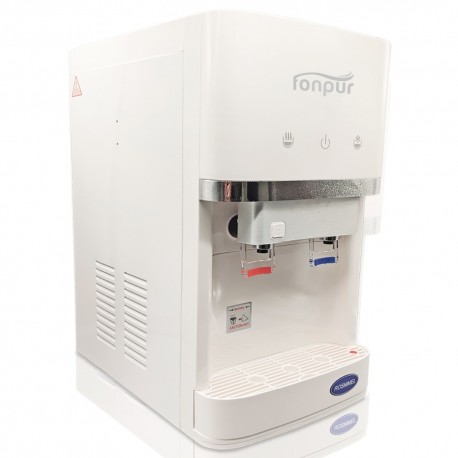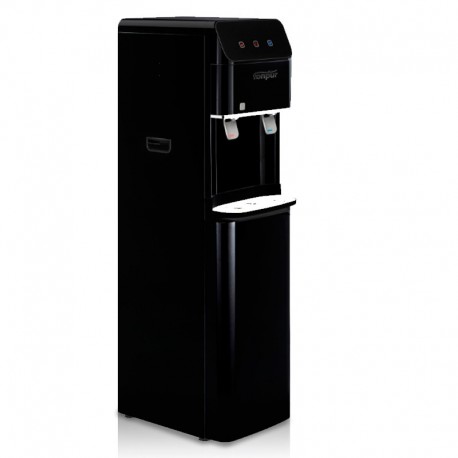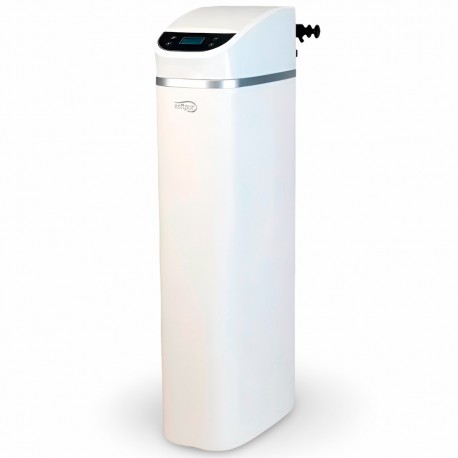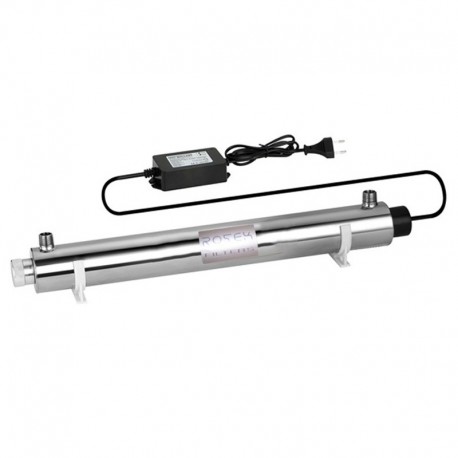Tap water filter systems offer an inexpensive way to enjoy healthy water. They are easy to install and are effective in removing a high percentage of water contaminants.
In the following article I will try to tell you the main characteristics of the tap water filters. Don't know how to tell an efficient tap water filter from a bad one?
Tap water filters are also an environmentally friendly way to get your drinking water. Unlike other technologies, these models do not produce wastewater and do not require electricity to function.
Do water filters produce pure water?
Tap water filters filter water, but do not purify it. Many people consider the two terms to be synonyms, but they are not really the same.
To be clear, water filters like these produce filtered water, while purifiers like reverse osmosis systems produce pure water.
When you use a water purifier, you don't have to use it in treated water. They are designed for use, for example, in untested well water, or even water that you know may contain contaminants.
Water purifiers remove up to 99% of contaminants from water. In reality, to be approved as a water purification system, the equipment must be capable of removing at least 95% of the contaminants.
Water filters, on the other hand, should not be used in highly contaminated or untreated water sources because they are not designed for this function.
When a tap water filter is used, the water quality is actually improved by up to 20%.
This means that the water will be healthier than it was before the filtration, but it will not be totally pure.
A highly contaminated water source can still be dangerous to your health even if you use some type of water filter.
Operation of water filters
The operation of a reverse osmosis system is based on the integration of different types of filters, added to a filter membrane, which together makes up a water purification unit. In reverse osmosis, the water is passed through a battery of filters and a semi-permeable membrane in order to filter out contaminants such as: heavy metals, excess salts, microorganisms, toxic substances, etc. The final result of the process is the obtaining, as we have mentioned, of high quality water with a flavor similar to that of bottled water. The membrane is semi-permeable polyamide and is spirally wound. Its function is to retain and eliminate the passage of all kinds of contaminants: bacteria and viruses, metals, excess salt, chlorine, etc.
There are different types of filters, depending on how they work:
• Those who use mechanical principles, derived from physicochemistry
• Those that act separating substances through chemical reactions, the so-called activated carbon that uses a micro-porous carbon rock
• Those that use a combination of systems, although they are usually connected in parallel to the tap, and not direct.


